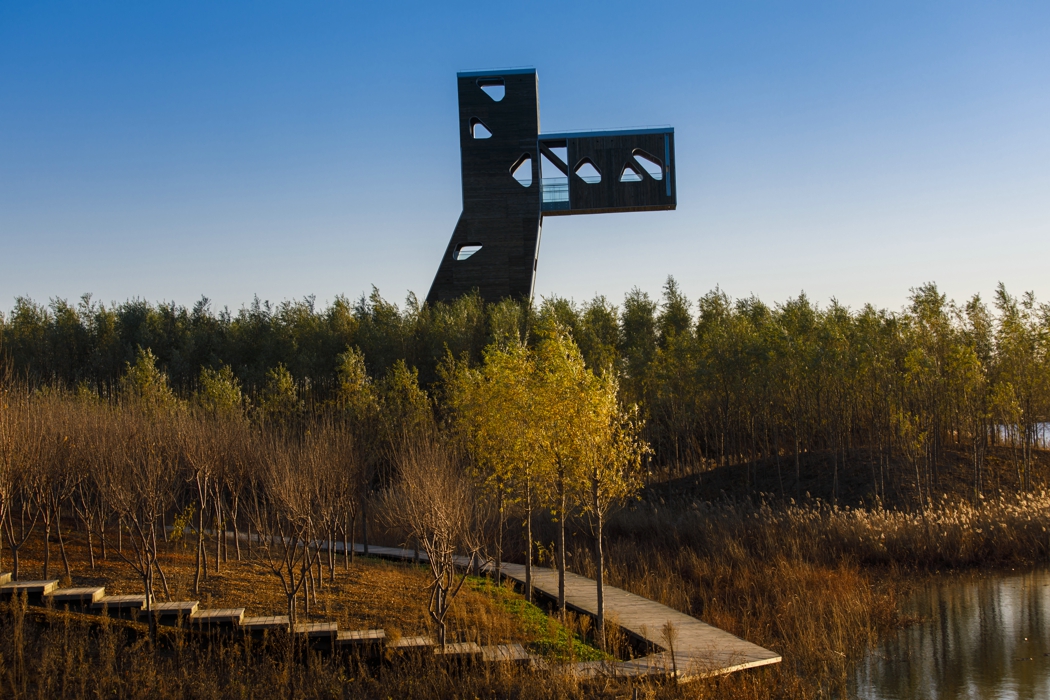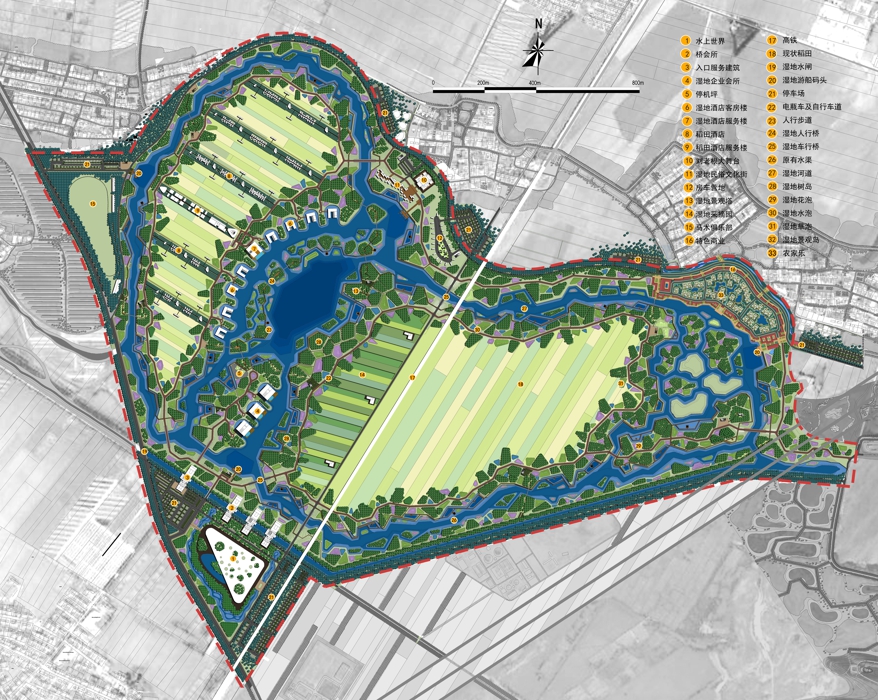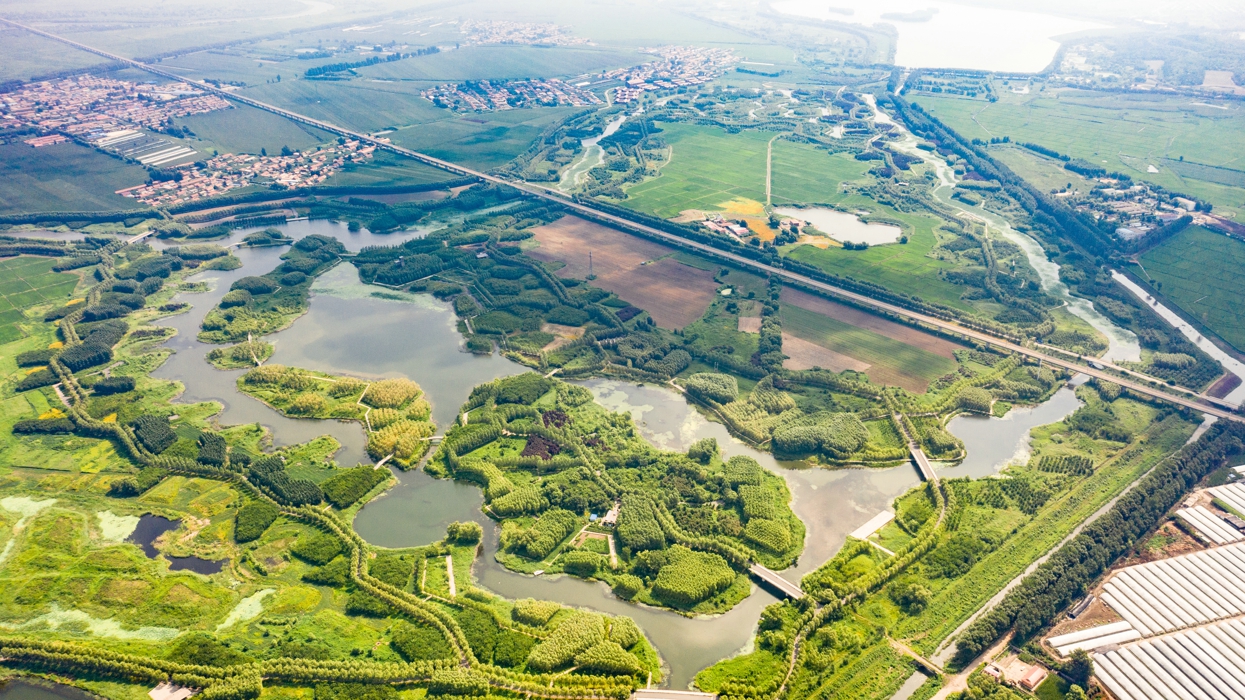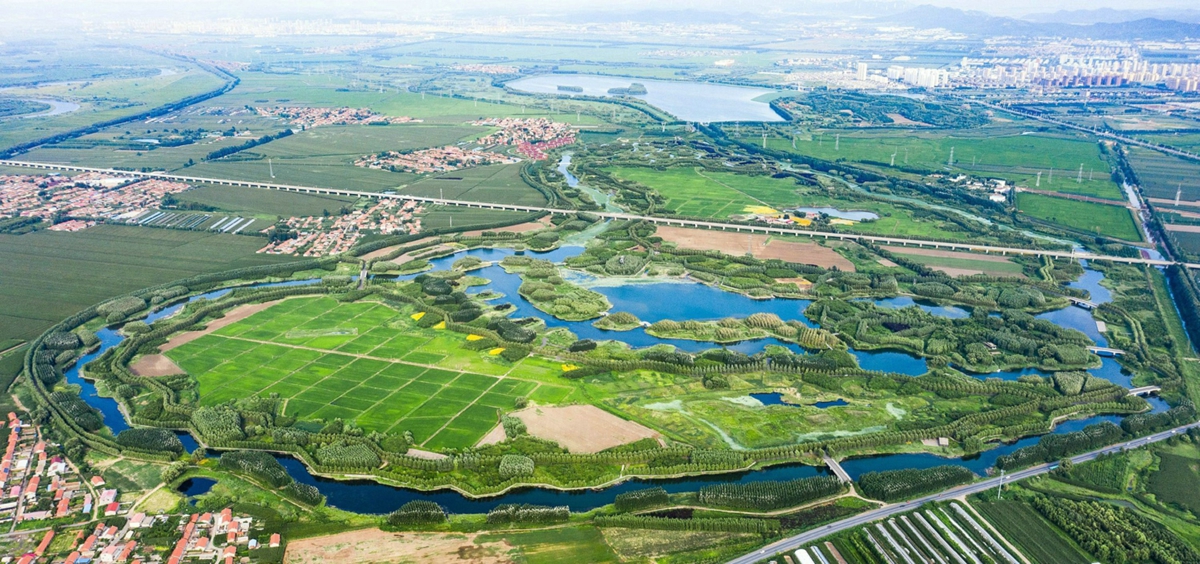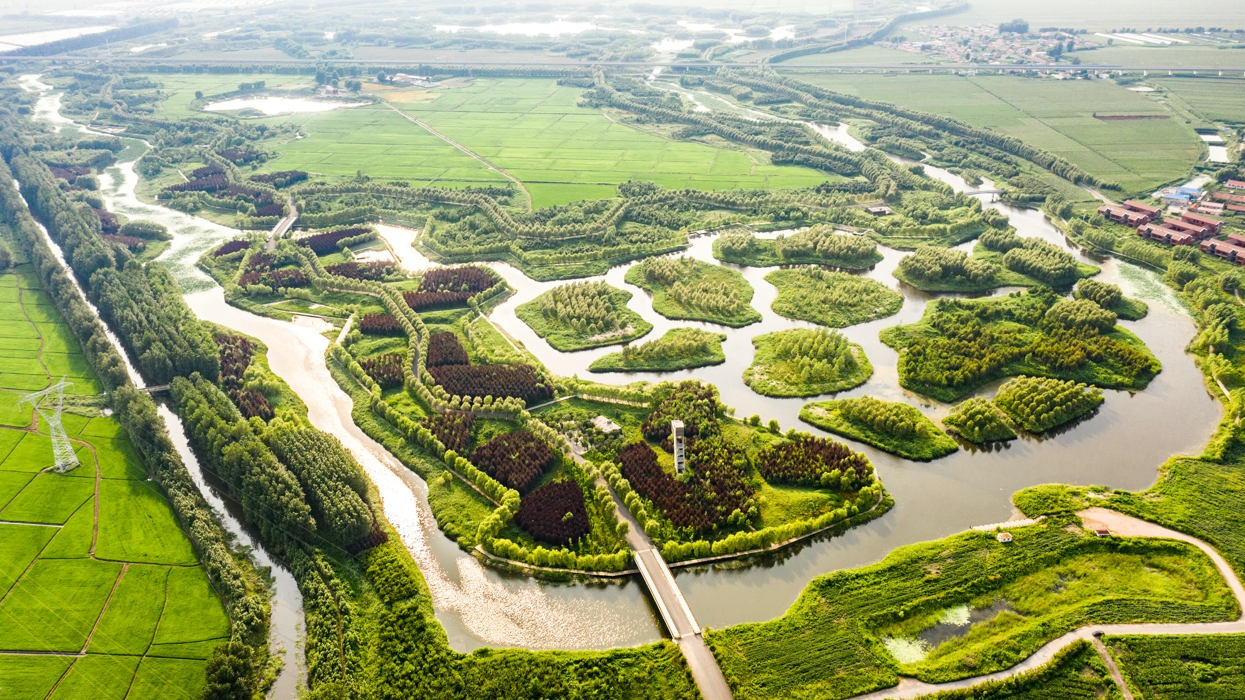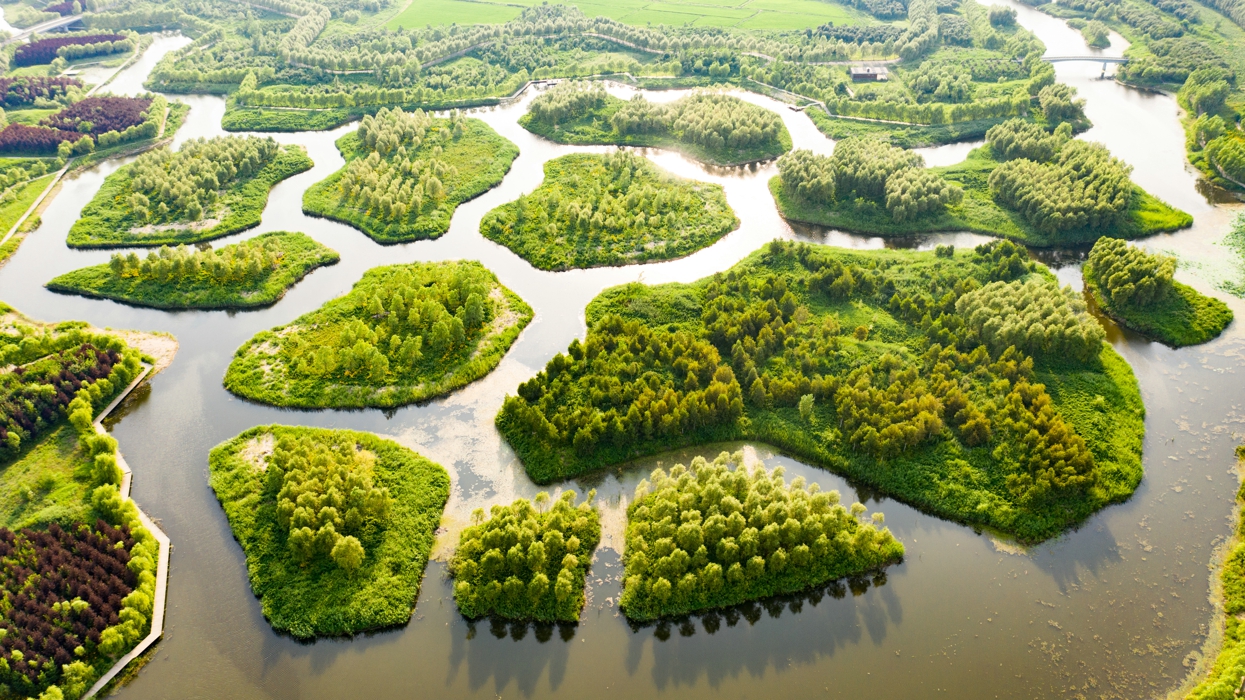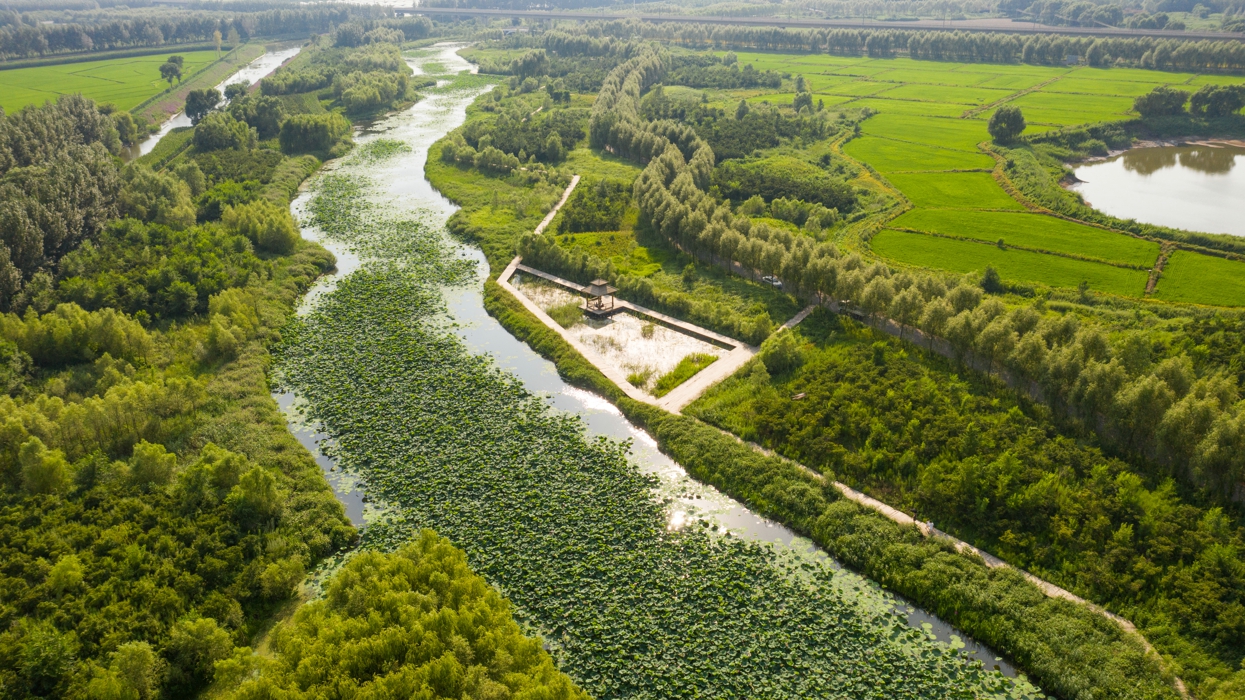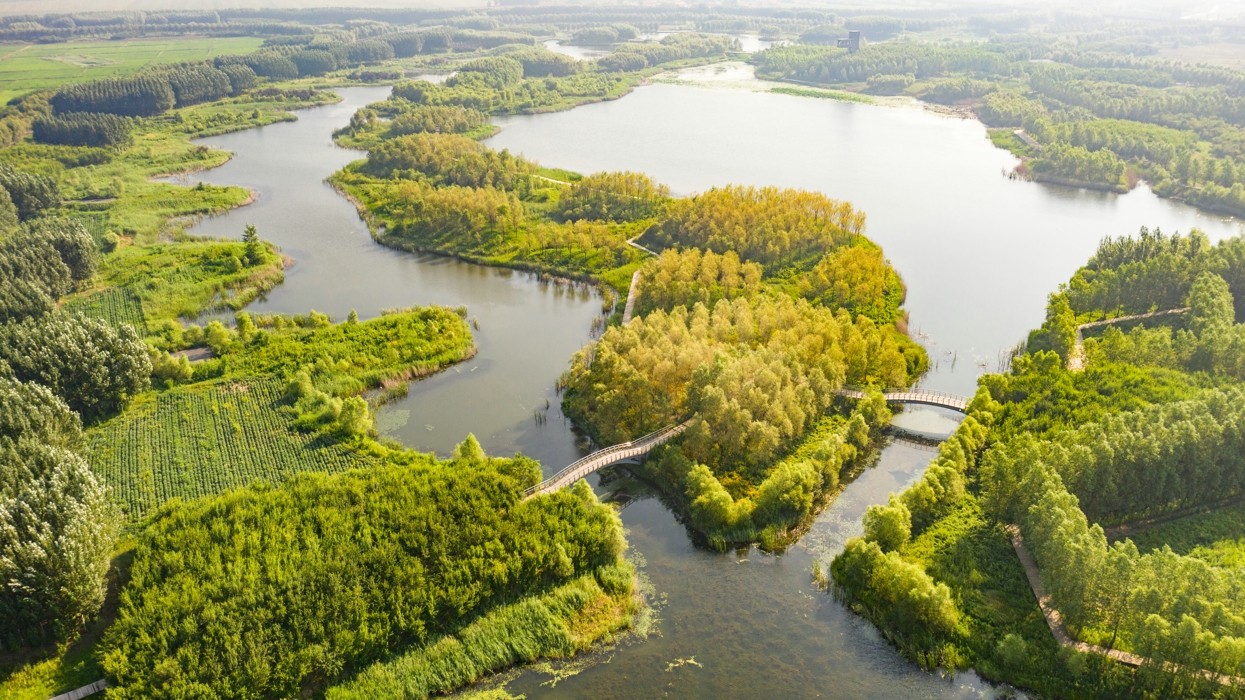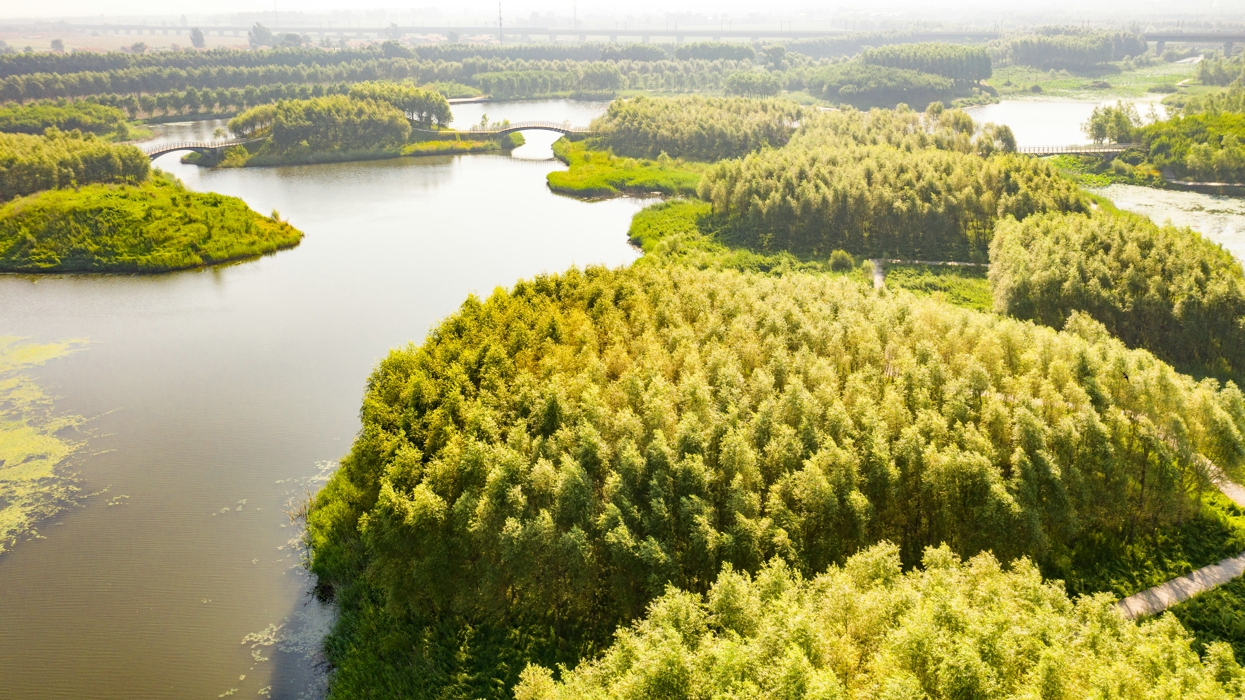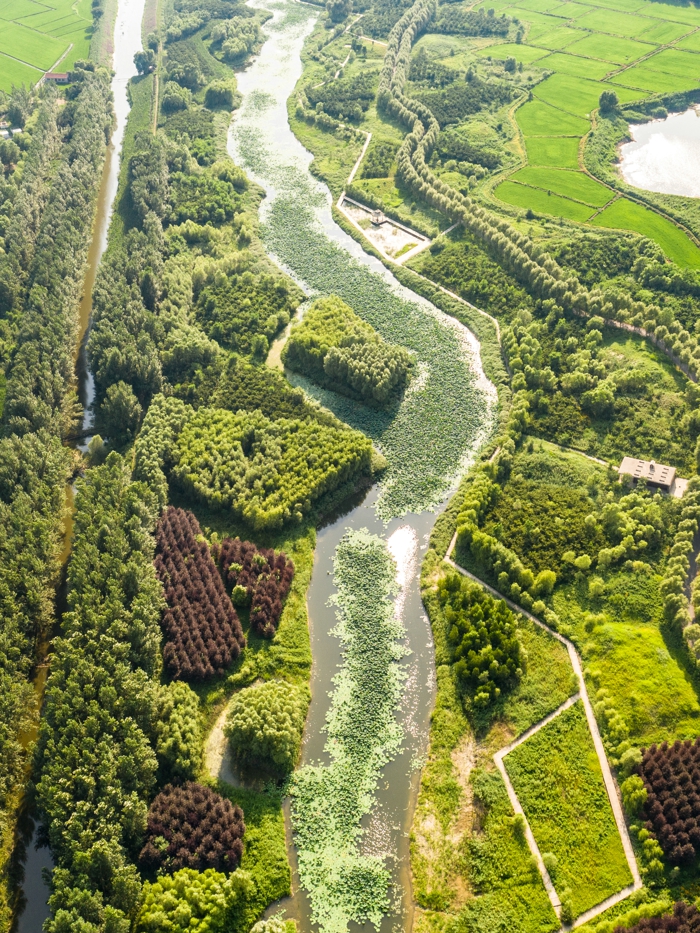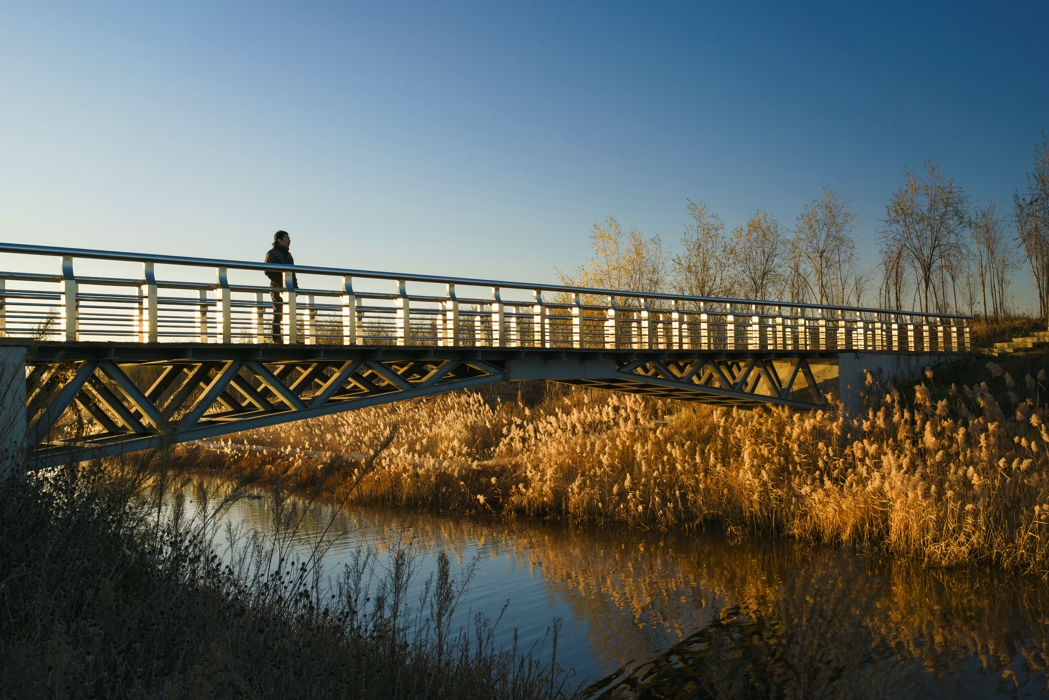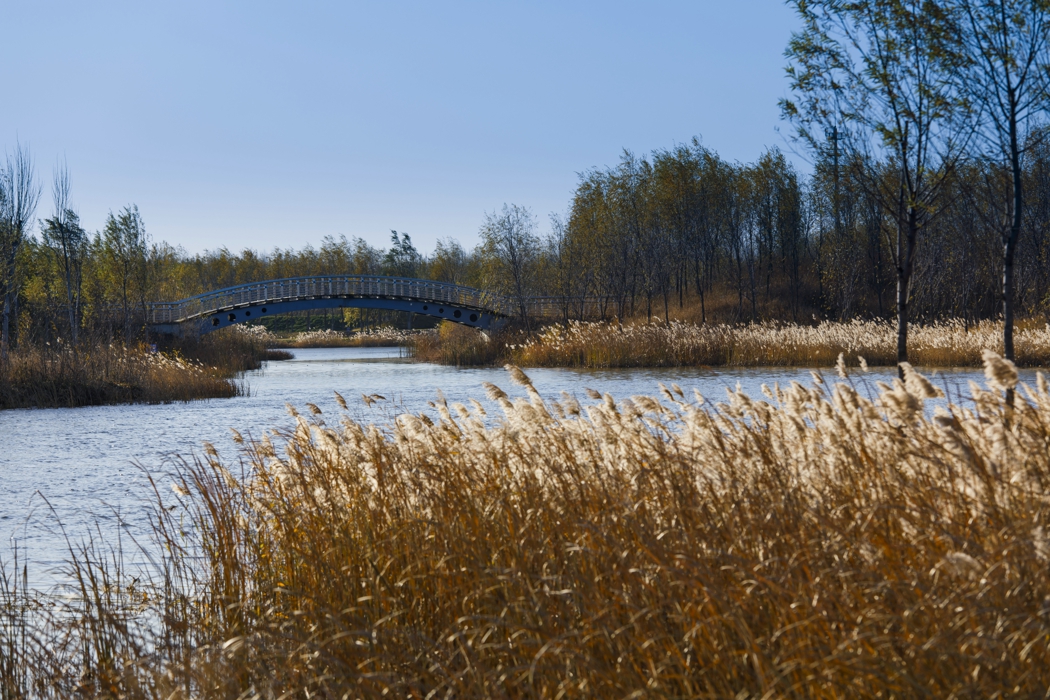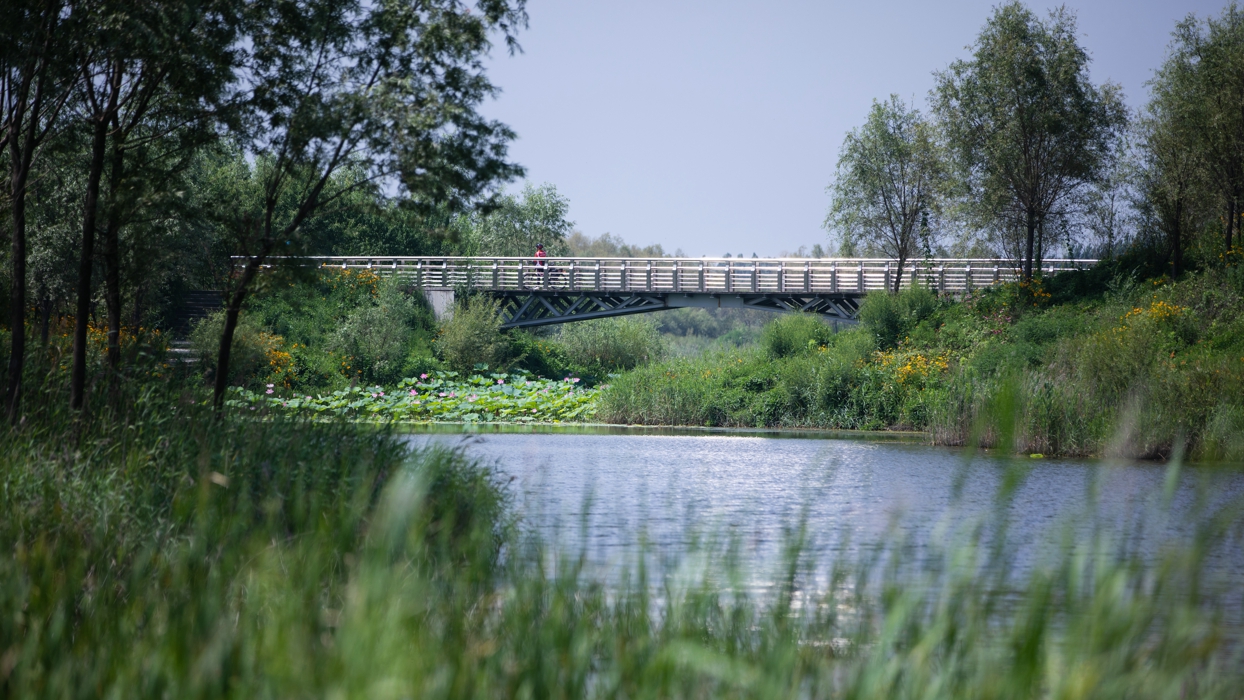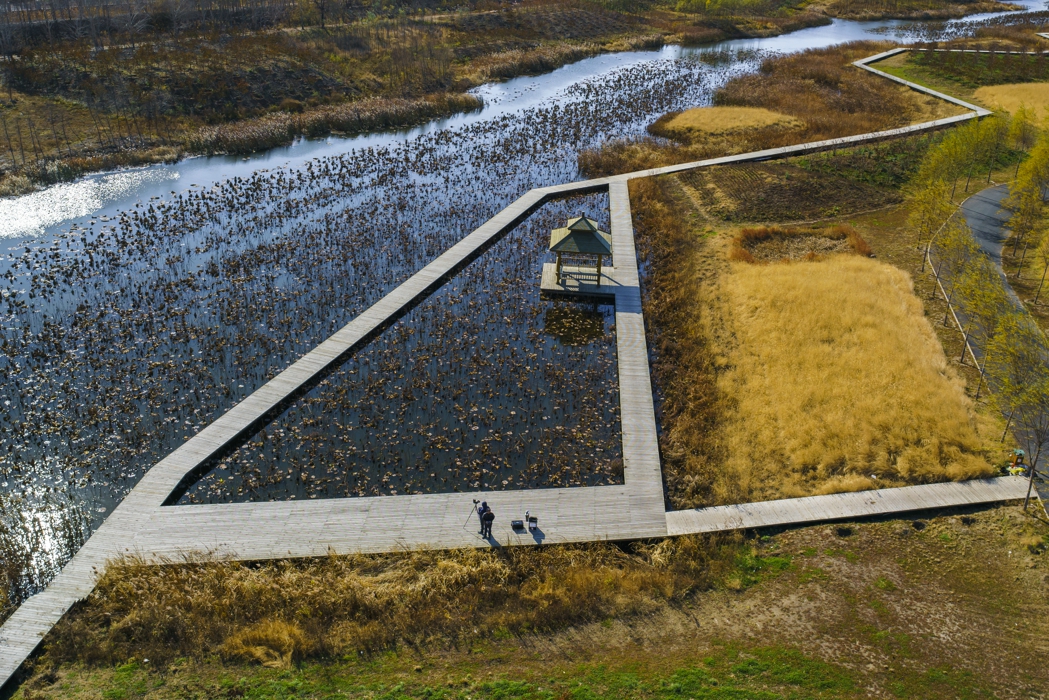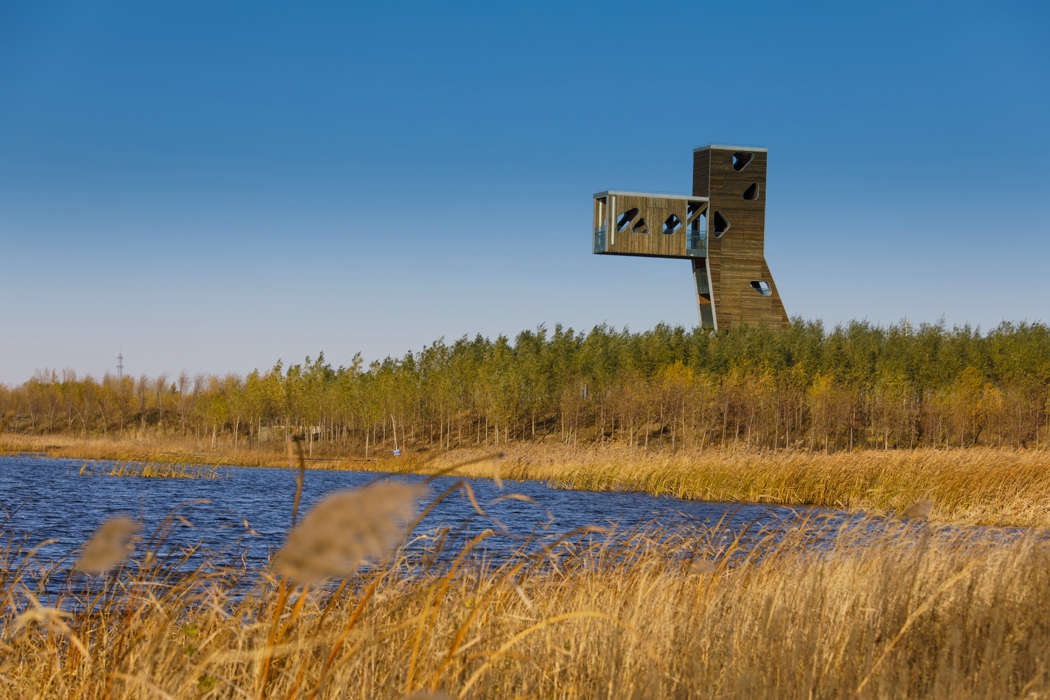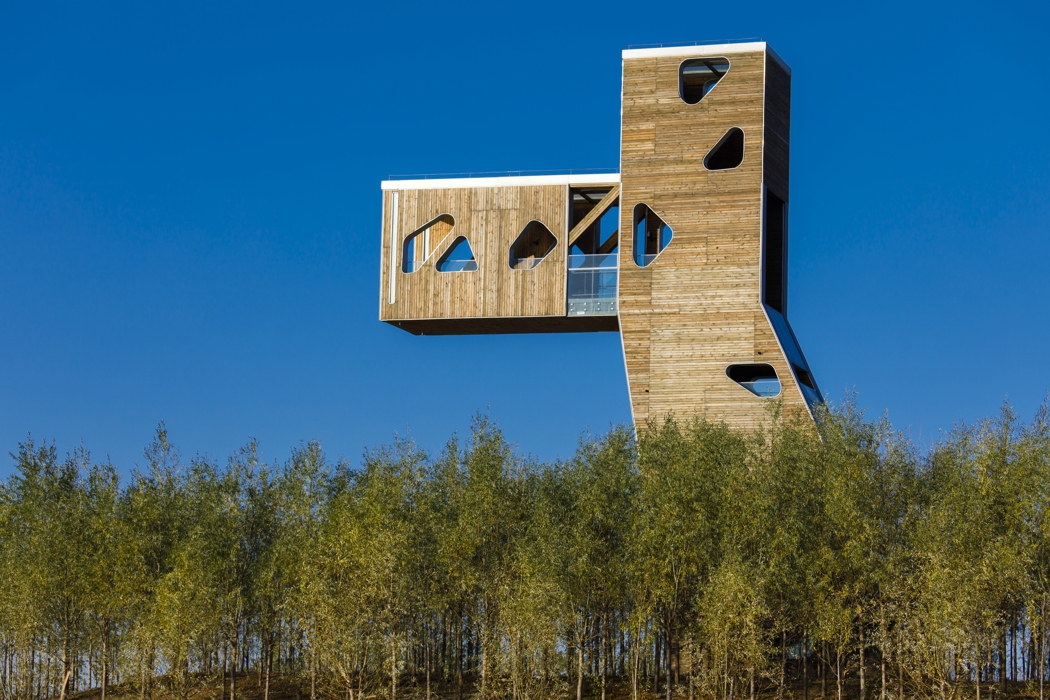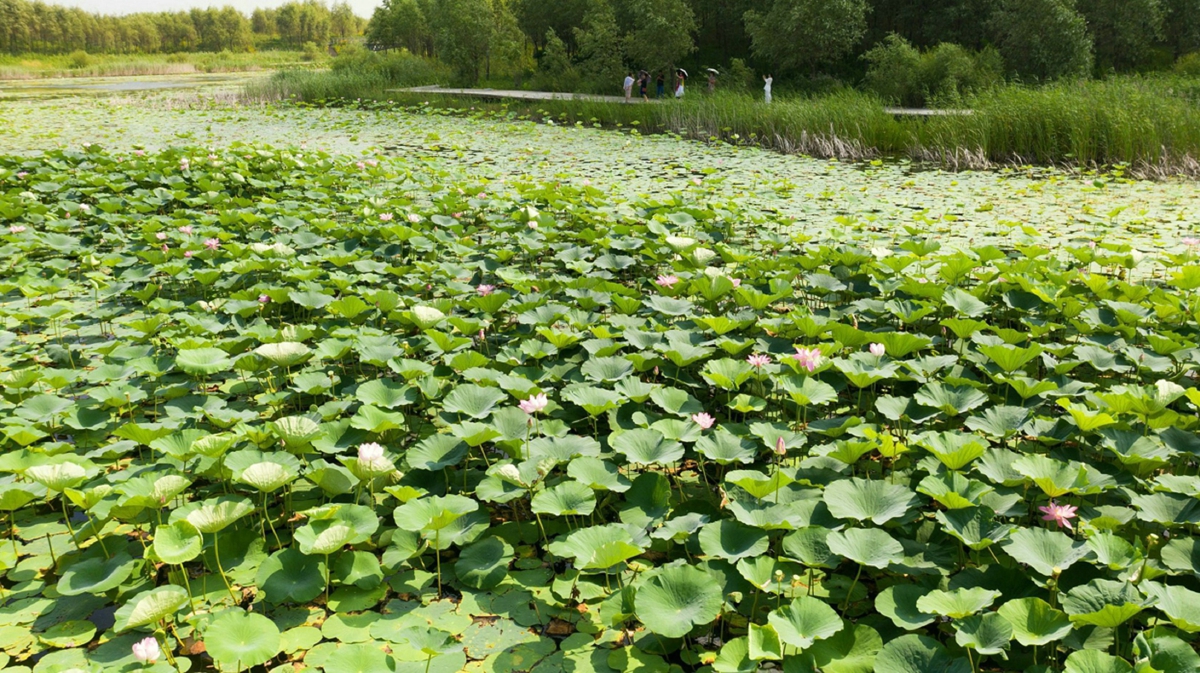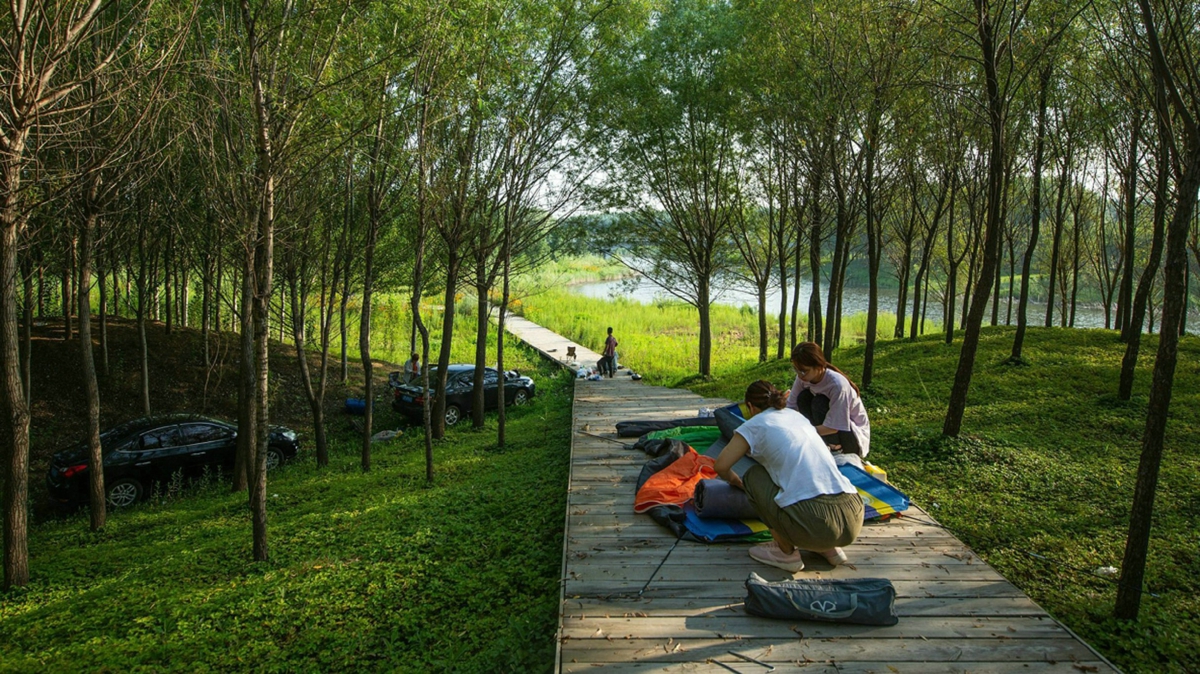Tieling Lotus Lake Wetland Park
Project Information
- Project Location:
- China Tieling, Liaoning
- Project Scale:
- 388 Hectares
- Design Time:
- June 2012
- Build Time:
- November 2015
- Client:
- Tieling Planning Bureau
Project Profile
1. Project Statement
Tieling Lotus Lake Wetland Park is the sixth National Wetland Park pilot project in China and the first in north China. The site of phase III is flat, with large paddy fields and an old river crossing the site. Through the restorative design of the disappearing river ecosystem, Turen Design team use cut-and-fill process to achieve earthwork balance within the site and create an urban wetland sponge.
2. Objective and Challenge
Design objective: Restored the degraded wetland ecosystem through the design. And make it a model for the restoration of the National Wetland Park and a tourist destination for the unique experience of northern water towns.
The project faces three major challenges:
(1) How to create characteristic wetland tourism, increase the popularity of the park and finally promote local economic development?
(2) How to restore the original wetland ecosystem and make it become a cohesive National Wetland Park?
(3) How to balance ecological restoration and economic development?
3. Design Strategy
(1) Restore the Original River and Rebuild the Protection System of the Wetland System: Establish the protection mode of the wetland system, which is divided into the inner core zone and the outer wetland buffer zone (Constructed wetland) to provide guarantee for the restoration of the ecosystem. In the process of wetland restoration, it is possible to preserve the original wetland landscape.
(2) A Modular "Sponge Terrain" System: Cut and fill process is used to balance the earthwork and create constructed wetland system and terrain system. The process not only saves cost, but also helps to form habitat and increase experience space.
(3) Multi-stage & Multi-functional Wetland Purification System: Constructed wetland system is the filter belt for urban rainwater entering the core wetland. The collected rainwater is precipitated and filtered through the wetland bubble system to purify and create habitat for birds and other creatures.
(4)Wetland Production System: In the constructed wetland system, there are wetland bubbles planted with different plants, which form the lotus wetland view and orchard wetland view with regional characteristics. Tree island, flower island, grass island and wetland pond of different height form a rich recreational space. Conserve and rotate rice field within the site to achieve economic benefits. Ponds, canals are part of the rice field landscape and act like sponges to collect rainwater and filter nutrients that are lost from the fields.
(5)Leisure and Recreation Network of Northern Style: Design rice hotel, and proposed the concept of "Northeast Rice Hotel". The hotel is raised above the preserved rice field to form a spectacular view of the hotel landscape. At the same time, a landscape tower and landscape platforms are designed, providing a good learning and experiencing opportunity. Two types of walking systems provide land experience and water experience. Enrich the tour experience. .
4. Conclusion
The design respect the original site. It not only preserves a large area of farmland, but also revives the disappearing river. It turns a natural-oriented green spongy park to a recreational landscape with various ecosystem services. It preserves the cultural memory of the site and forms the unique local feature.
After completion, the park relies on the existing agricultural resources to develop 1+3 compound agriculture. Achieving the best economic benefits. It also forms a dynamic tourism development model with phases I and II. The park will become an important tourist destination which conducive Tieling tourism market from sightseeing type to recreational type.
